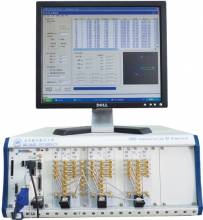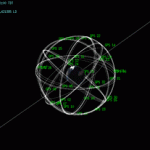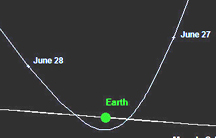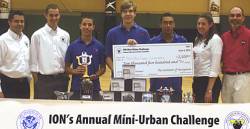GLONASS-K for Airborne Applications
 FIGURE 1: GPS/GLONASS L1 frequency band
FIGURE 1: GPS/GLONASS L1 frequency bandAs is well known, Galileo will become the European complement to the U.S. Global Positioning system.
But what about Russia’s GLONASS?
Although this constellation has been in operation for nearly three decades, the limited number of available satellites along with an uncertain governmental commitment to GLONASS performance until recent years had seriously restricted its use for aviation.
By Inside GNSS













